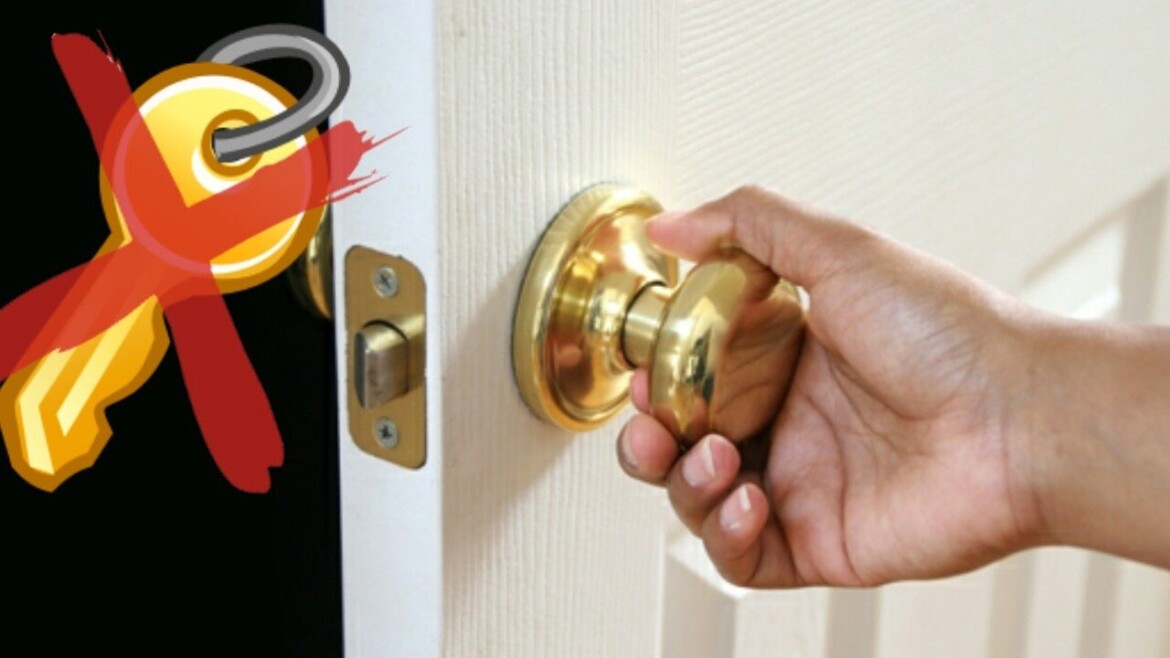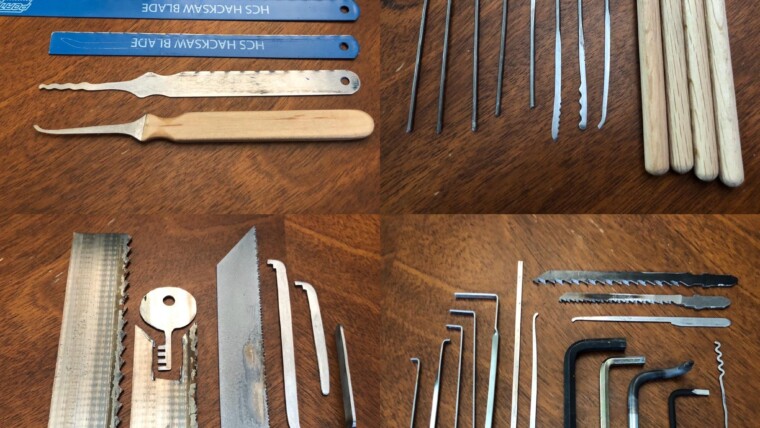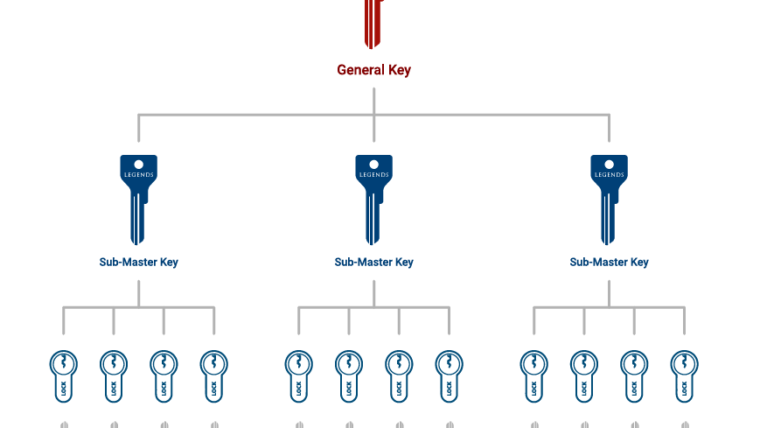How to open a locked door without keys
One of the most common service calls we receive is from clients who have been locked out of their homes or offices. These service requests are often the most stressful to our clients as it always seems to happen when they need access the most.
Here are a few tricks you can try to open locked doors without keys before calling a Vancouver locksmith like myself:
- Use the right key
- Loiding using a shim
- Removing the hinges
This information is for people in desperate times and not a guide to trespass or breaking and entering.
Using the right key
This might seem simple, but make sure you are using the right key to open the door. You cannot imagine the number of calls that get cancelled when we are already halfway to the client because the client suddenly “discovered” the right key. Cancelling on a tradesperson when they are on our way is a sure way to get yourself on the “black” list or the blocked number list. Take a deep breath and try not to panic. Verify that you are using the right key.
Also, ask yourself, “Who else may have the key to this door?” When a prospective client is told our standard service call fee, or worse yet our after-hours/emergency service call fees, they quickly find the courage to call that ex-lover or ex-employee who may still have the key to the locked door. Unfortunately, this occurs most often when the locksmith is already on the way. A sort of last-minute “hail mary” effort to avoid paying a couple hundred dollars. Please do us a favour and do this before calling the locksmith.
Sometimes you may use the right key, but the door still will not open. In that case, make sure that the key can be inserted all the way in as dirt and grime can cause the pins to seize up. If there is significant resistance, you can try tapping the head of the key lightly with the bottom of your shoe (don’t kick it). For really sticky cylinders, a small amount of WD40 can do wonders.

Generally, if you are certain that you are using the right key but the door remains locked, it is time to call Locksmith in Vancouver for assistance.
Loiding using a shim
Loiding attacks are the classic credit card attacks you see in TV and in films. You see this in a lot of the older films where someone inserts a credit card in between the door and frame to push back the latch. Loiding or shimming attacks are most often useful against knobs and levers. However, it can also rarely work on deadbolts that were installed incorrectly or are very old and the springs are dying.
A lot of people try using credit cards because that’s what they have seen in films. However, I don’t suggest using a credit card you like to use as it may damage or destroy the credit card.
As a professional locksmith in Port Coquitlam, I have a set of stainless steel tools specifically designed for this purpose. Regardless, if I’m in a pinch, I will head to the nearest plastic recycling bin and cut open a plastic bottle or aluminum can. Be careful not to hurt yourself. The bigger the tool, the better it usually is as you can apply more force using both hands.
If you don’t have a knife/scissors to cut open a plastic bottle or pop can nor a credit card, you can also use heavy stock paper. I have shimmed open locked doors using a cereal box before.
Loiding or shimming will work on spring latches or deadlatches that have been improperly installed. Spring latches are found on most bathroom doors and other places where security is not a concern. Deadlatches were designed to prevent loiding attacks, but if the lock was not properly installed, it can negate the anti-shimming security feature.

They say in the U.S. something like 50% of deadlatches are not properly installed or maintained. Here in Vancouver, I find that 75% to 85% of deadlatches I encounter on a daily basis are properly installed. Most of the problems I see are in older residential and commercial buildings.
One easy way I check whether or not a door can be shimmed is to see if there is a lot of “play” in the door while it is locked. The more play there is in the door, the greater the chance of a successful loiding attack to open the locked door without the key. If it is very tight, don’t waste your time and effort. Just call Locksmith in Port Coquitlam or try using one of our other tips and tricks.
Removing the hinges
If you can see the hinges from your side of the door, you may be in luck. One of the easiest ways to bypass a locked door without the right key is to remove the hinge pin and lift the entire door out of the frame.
Unfortunately, lock companies know this as well. So most commercial hinges have a security screw called the NRP (non-removable pin) on the top hinge to prevent the hinge pin from being knocked out while the door is closed. So if the locked door in question is an office door, you are probably out of luck.
However, most residential hinges do not have the NRP feature and are incredibly vulnerable. From a security perspective, there are aftermarket hinge parts that prevent hinge attacks on non-NRP hinges but we rarely see them in the Vancouver area.
To drive out the hinge pin or to test if you have a non-NRP hinge, take a slim metal rod like an ice pick or a straightened metal cloth hanger and tap it into the bottom hole of the top hinge. If it is meant to come out, it will pop out with little difficulty.

While this may sound easy, I do not recommend this to clients. Doors are often much heavier than they seem. It is quite easy to underestimate the weight of the door and have it crush a toe or knock you flat on your back and crush you.
If in doubt, just give Locksmith Vancouver a call and it would be our pleasure to serve you.
Final Thoughts
The three methods we discussed above are just some of the things you can try to open locked doors without keys. Please remember that free advice can also be the most dangerous advice.
To avoid damage to your door and injury to yourself, we recommend calling a professional locksmith in Port Coquitlam before trying anything beyond making sure you are using the right key.
Many clients try too hard and end up making things worse. Clients can damage locks and doors to the point that they turn a quick job into a nightmarish job to repair what was unnecessarily made worse.
For questions or comments, please call or text me at 604-363-2760 or email me at alex@locksmithvancouver.com. I look forward to serving you.



